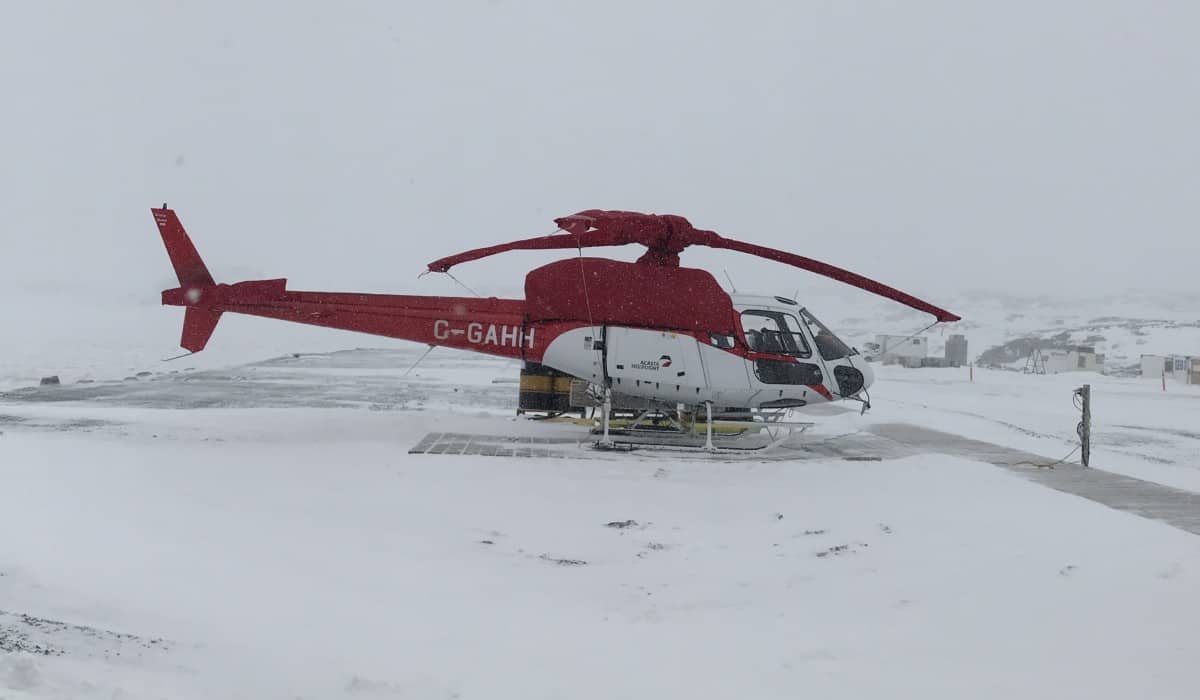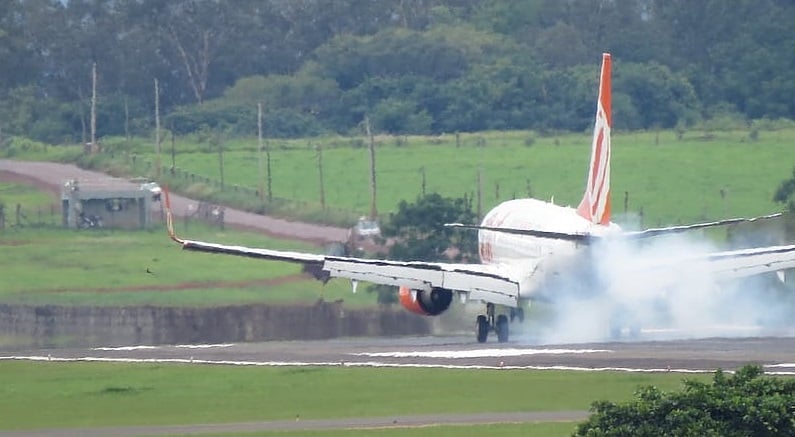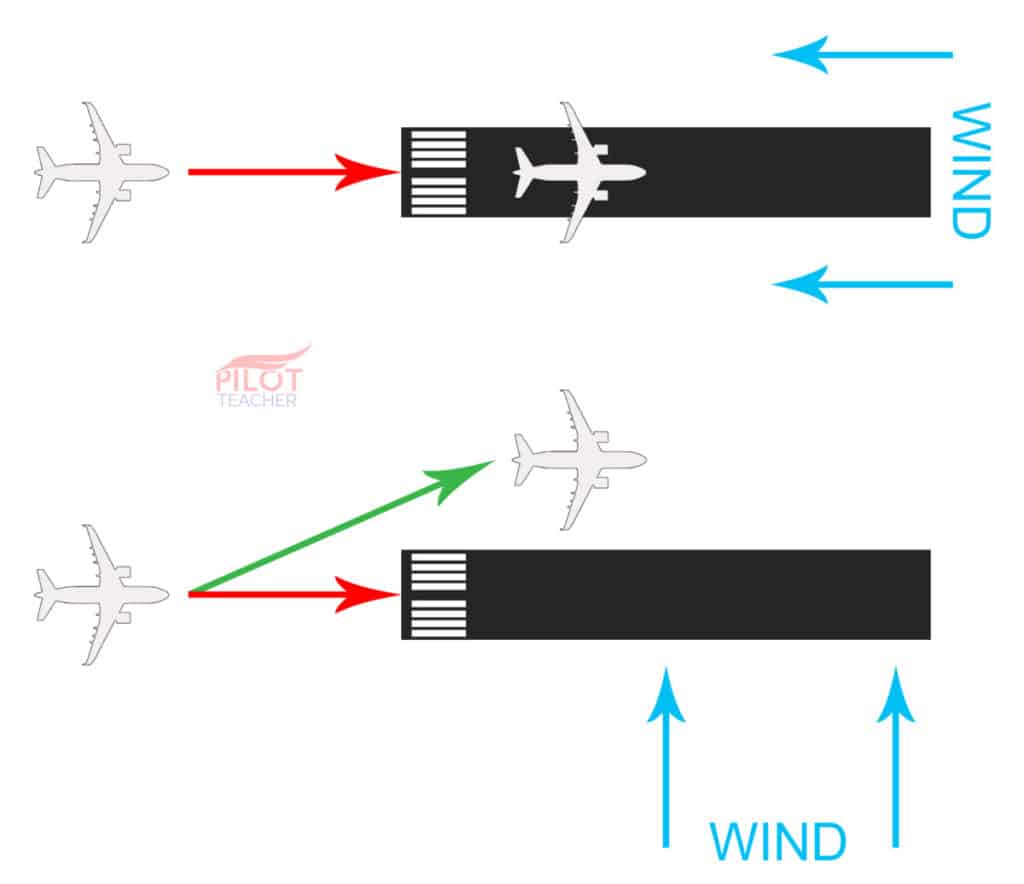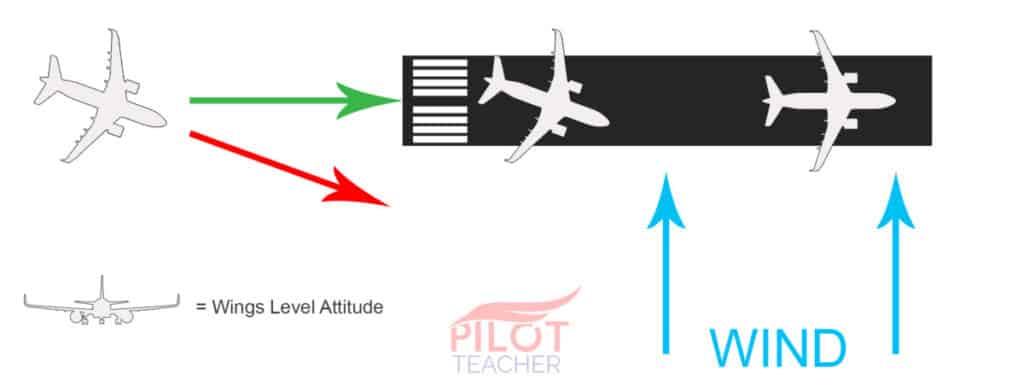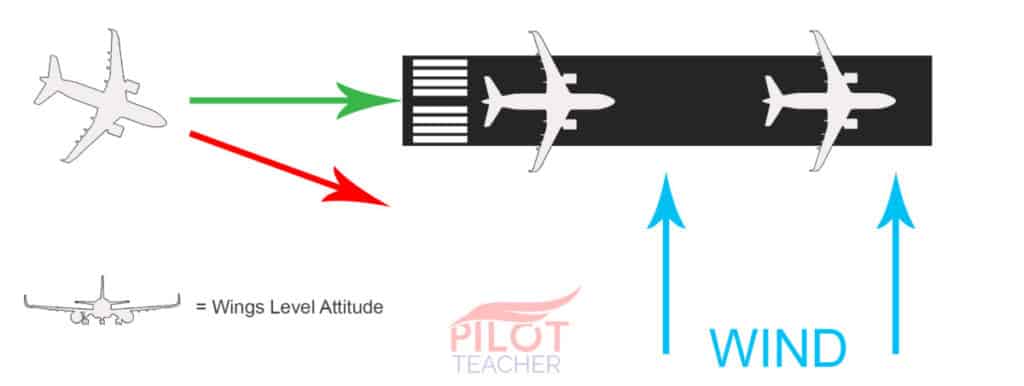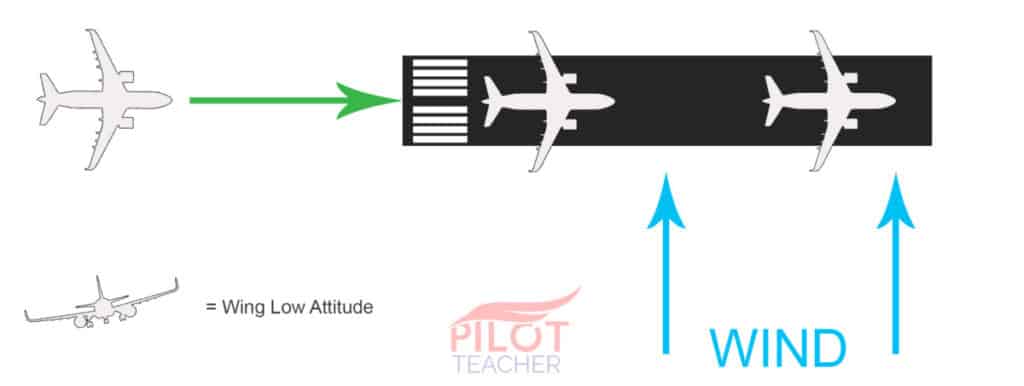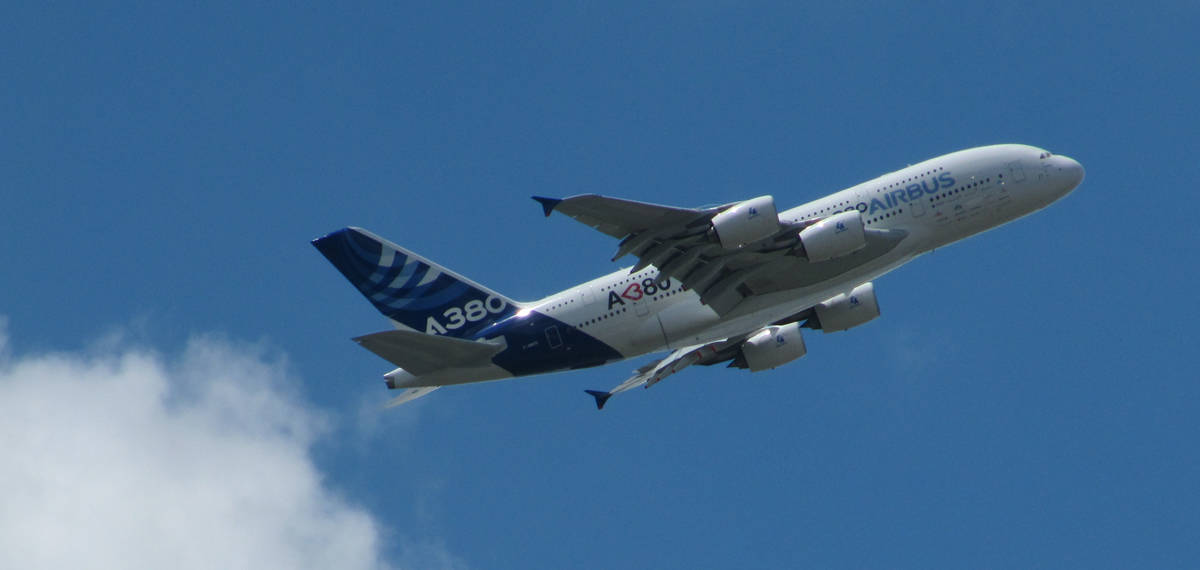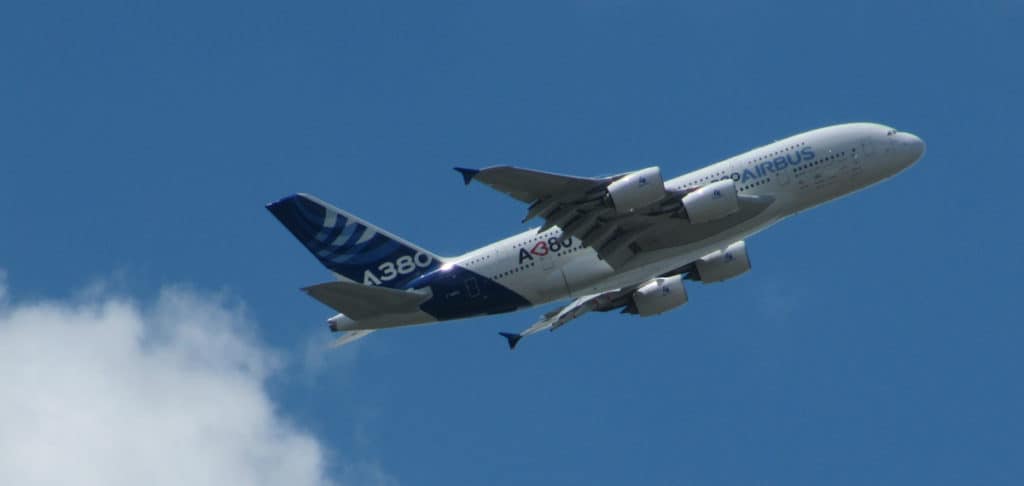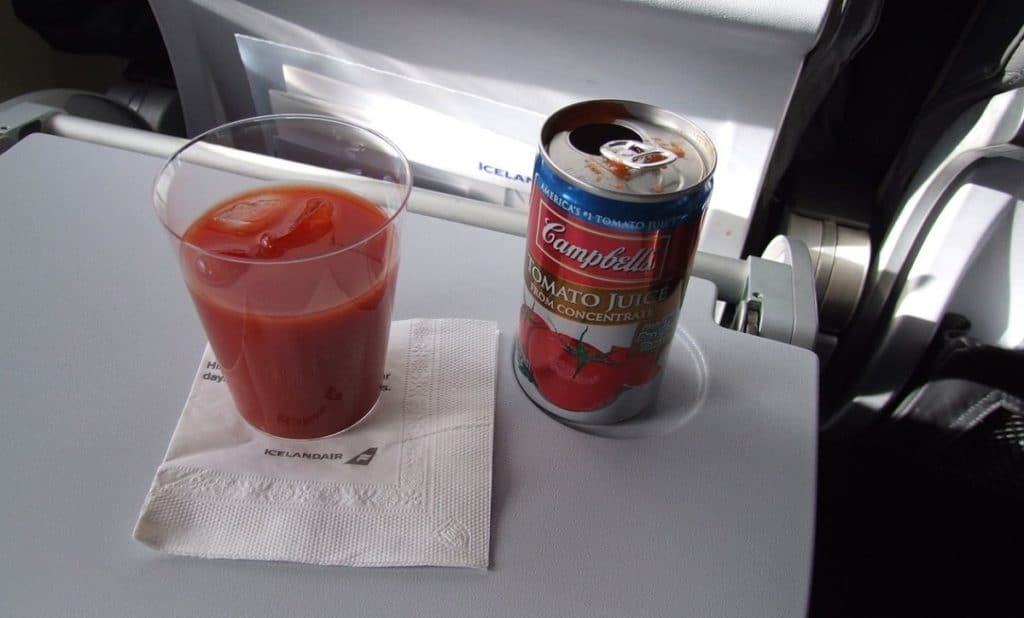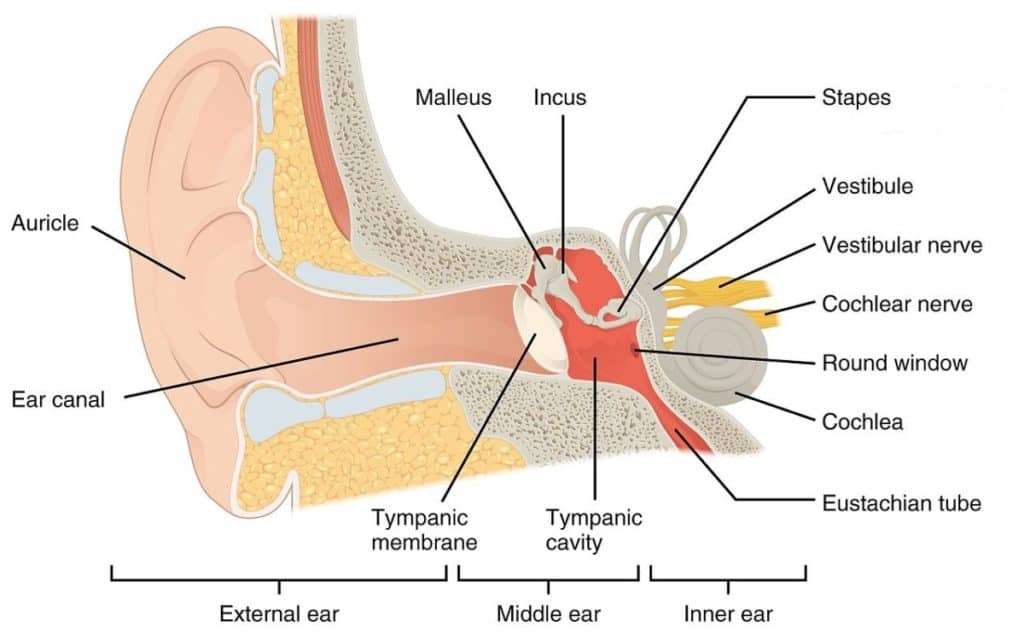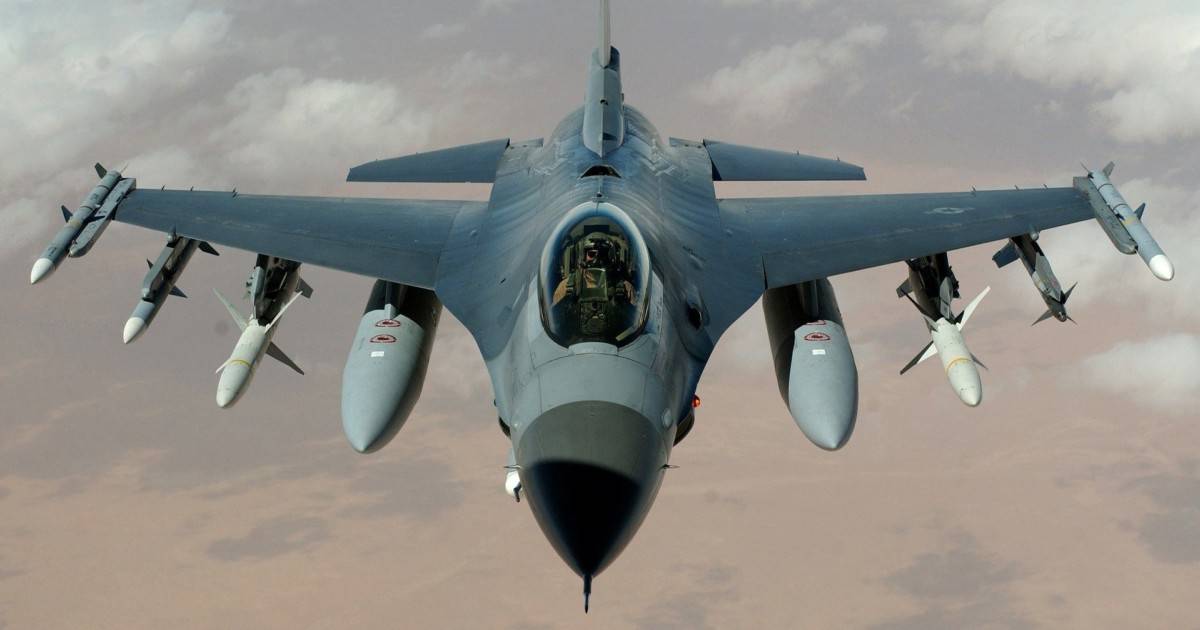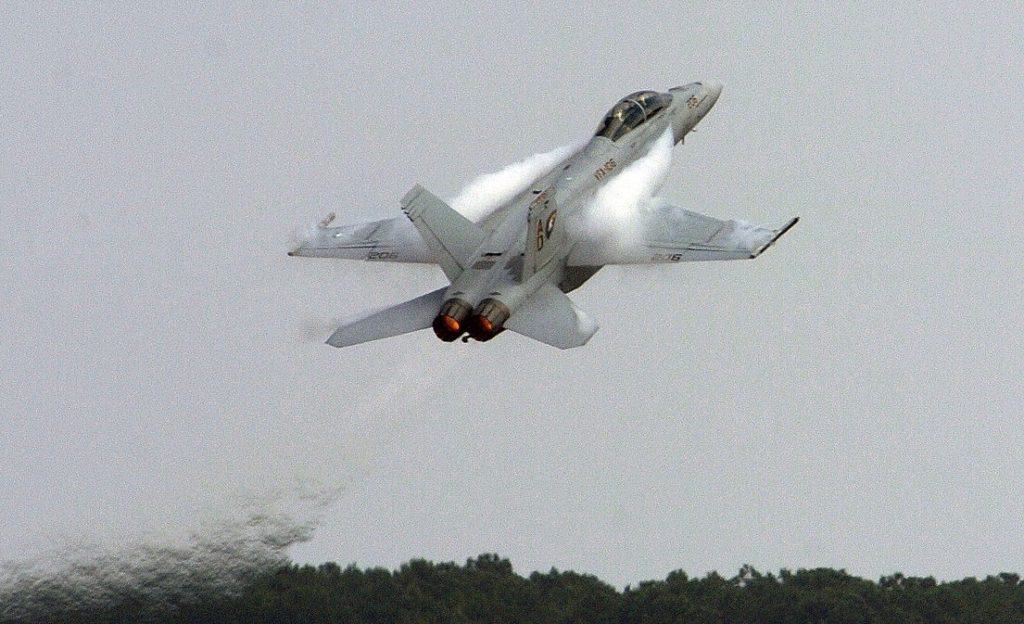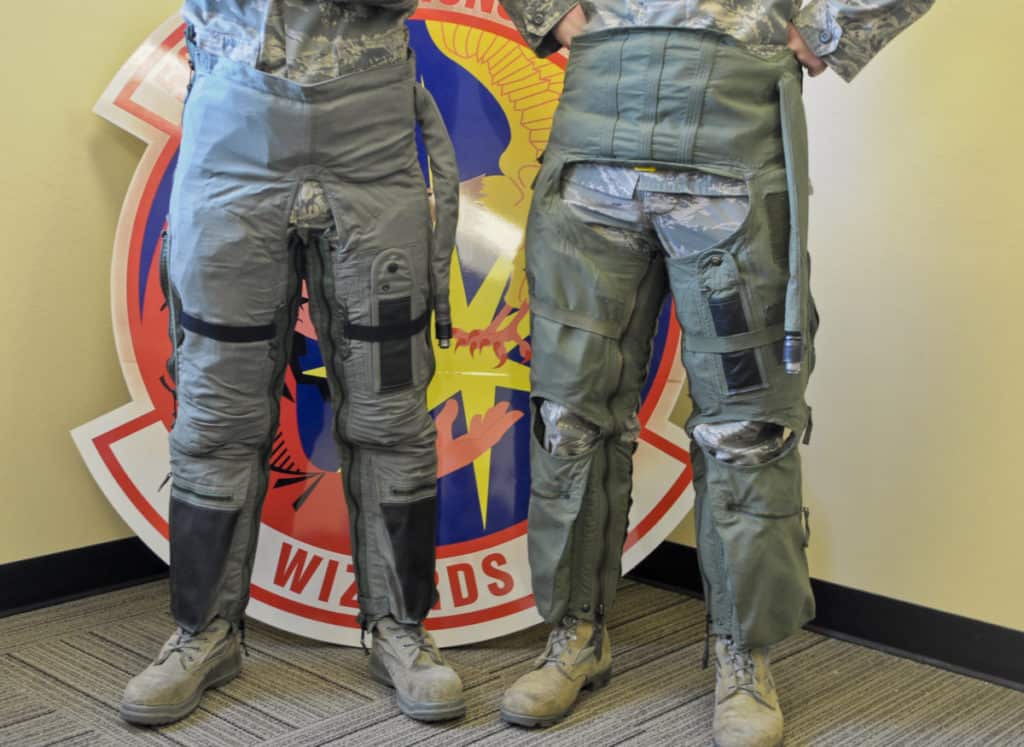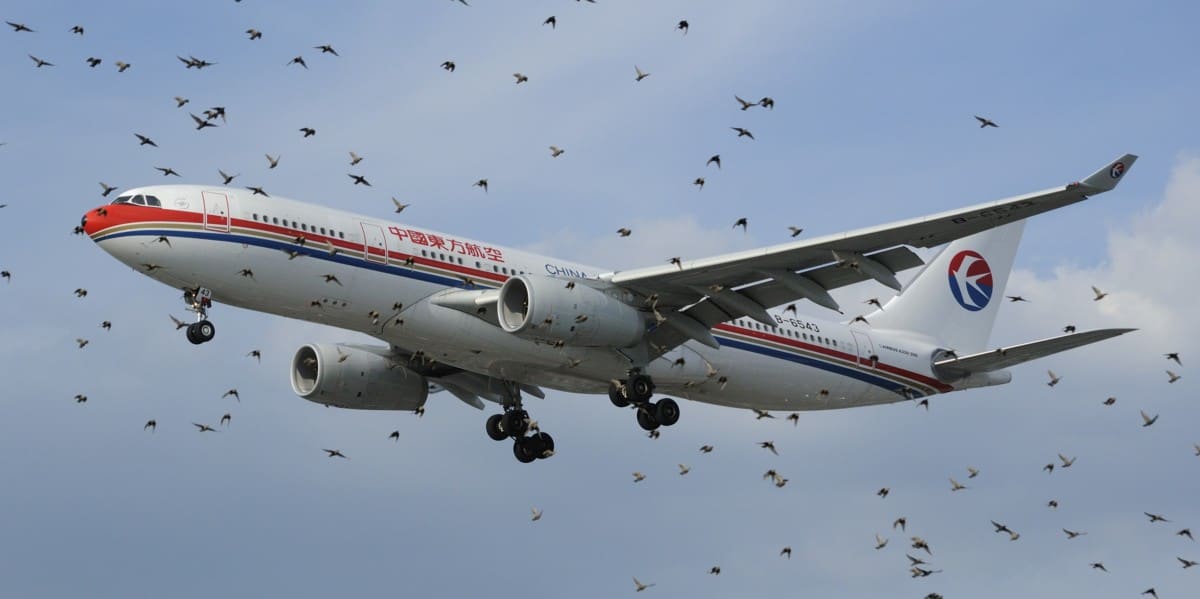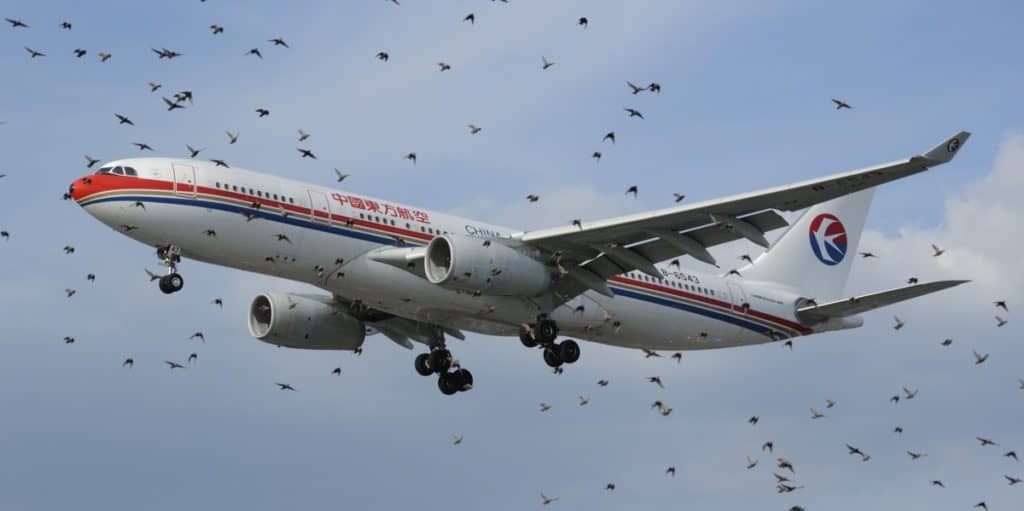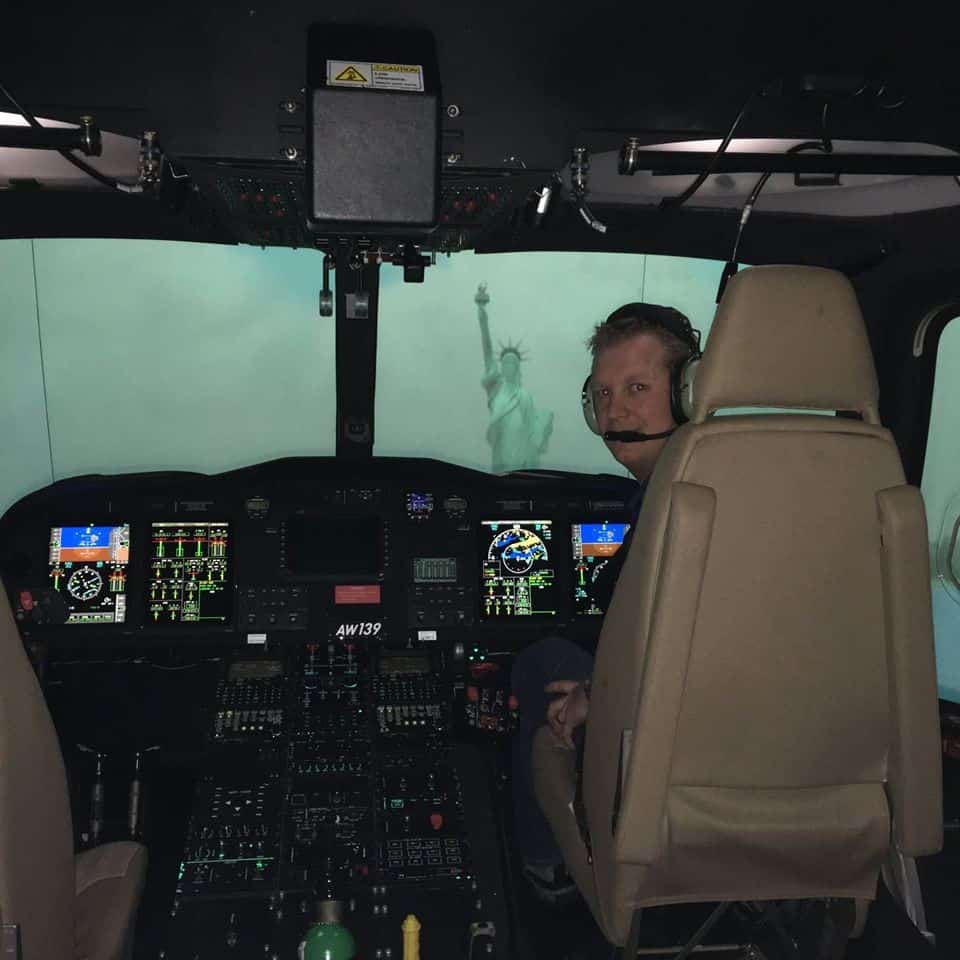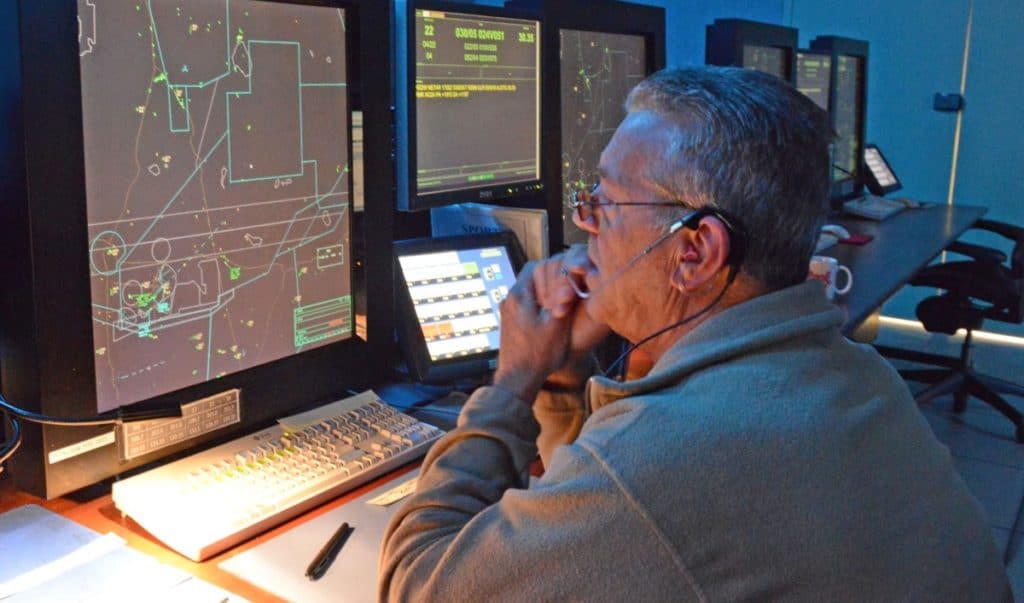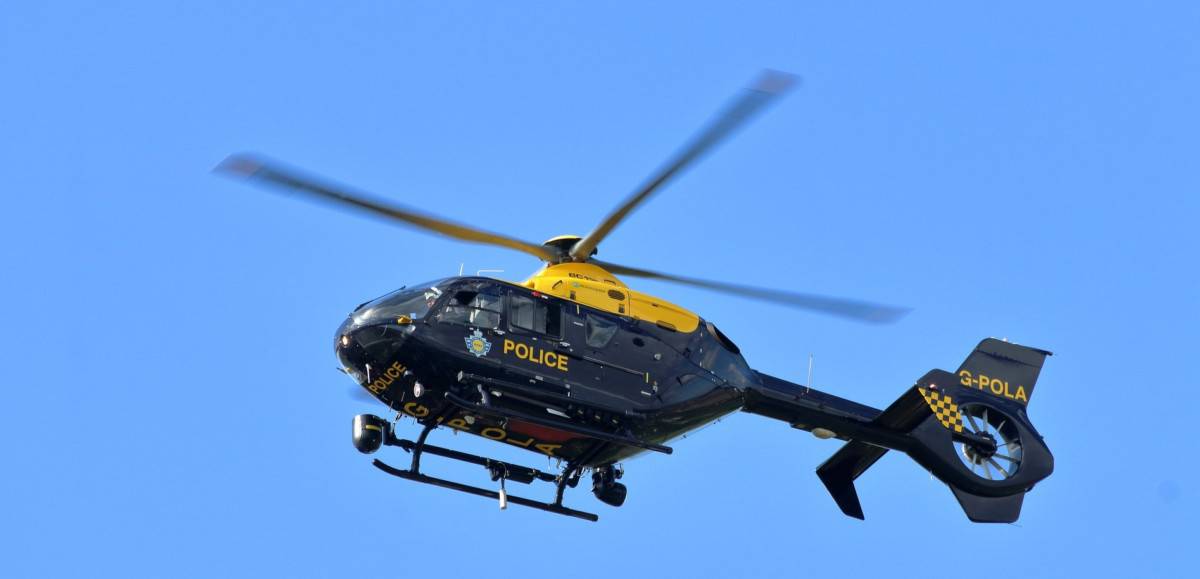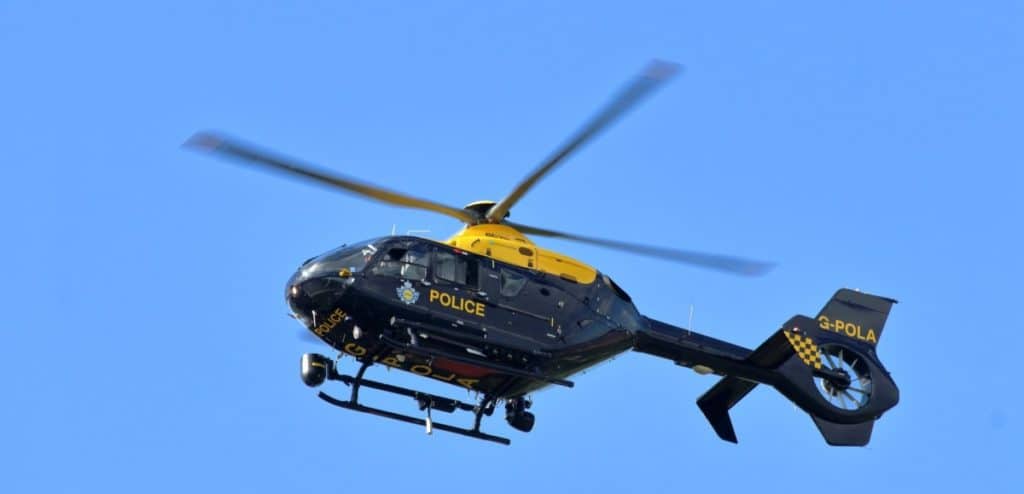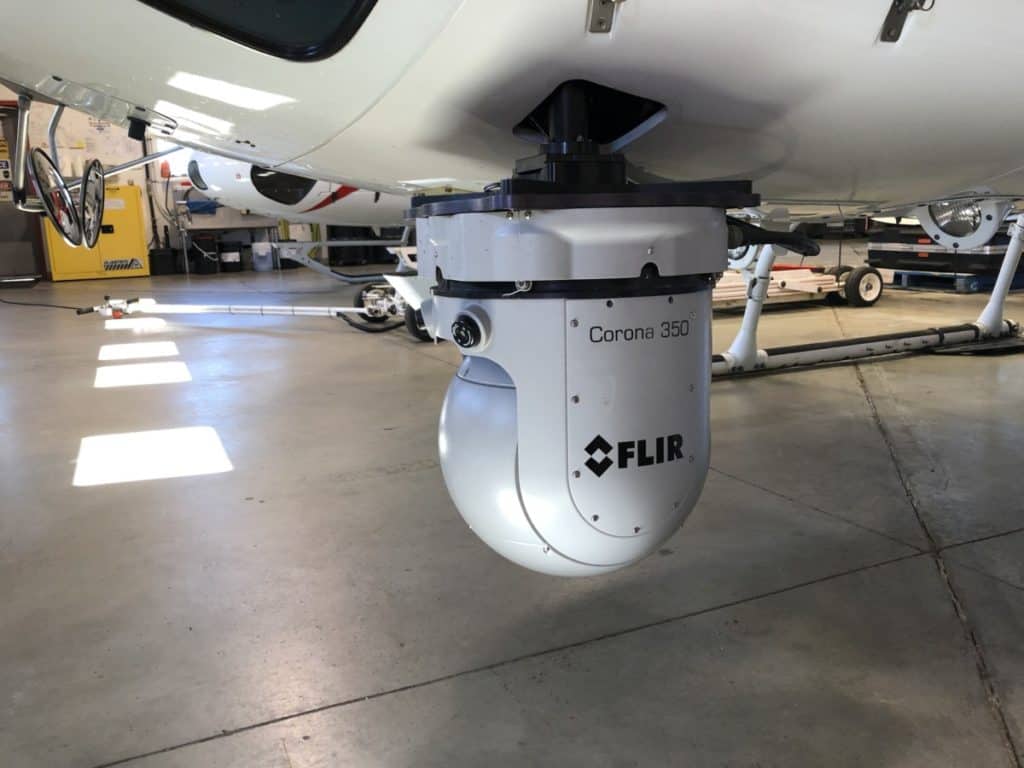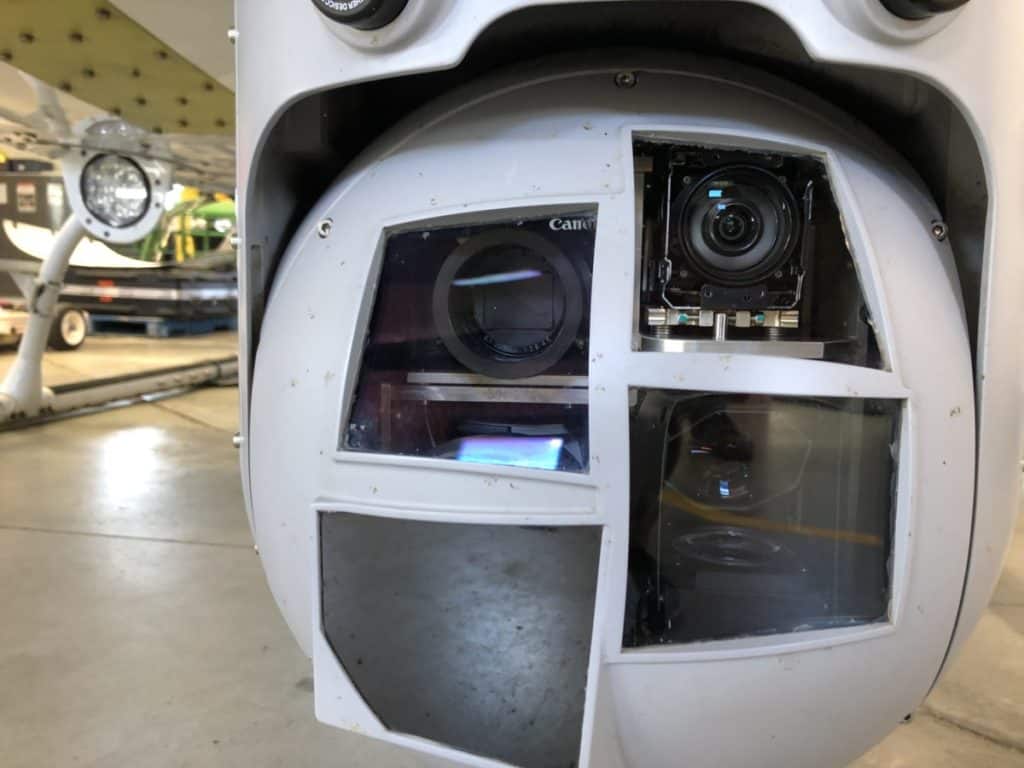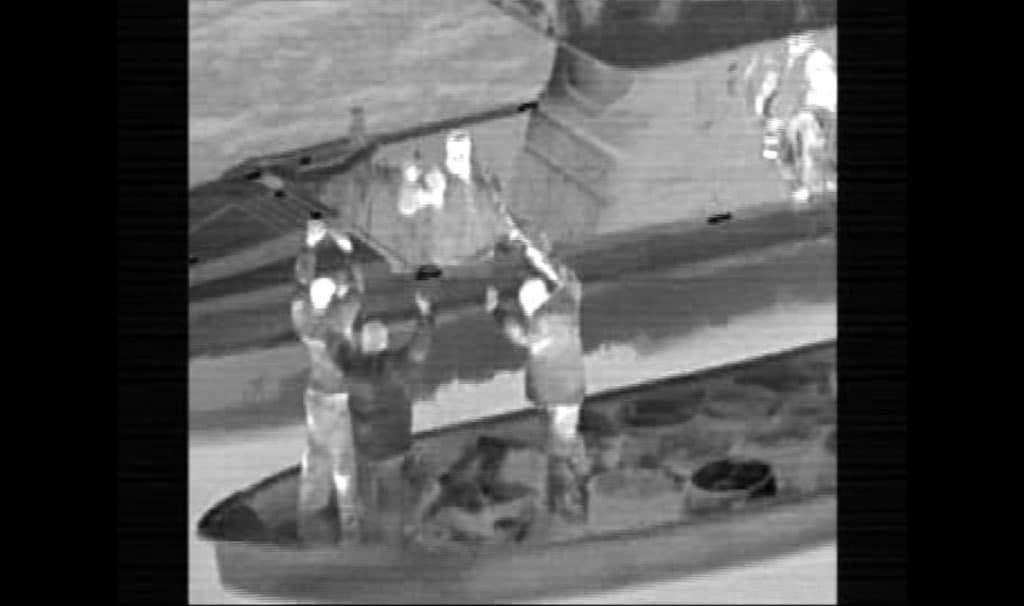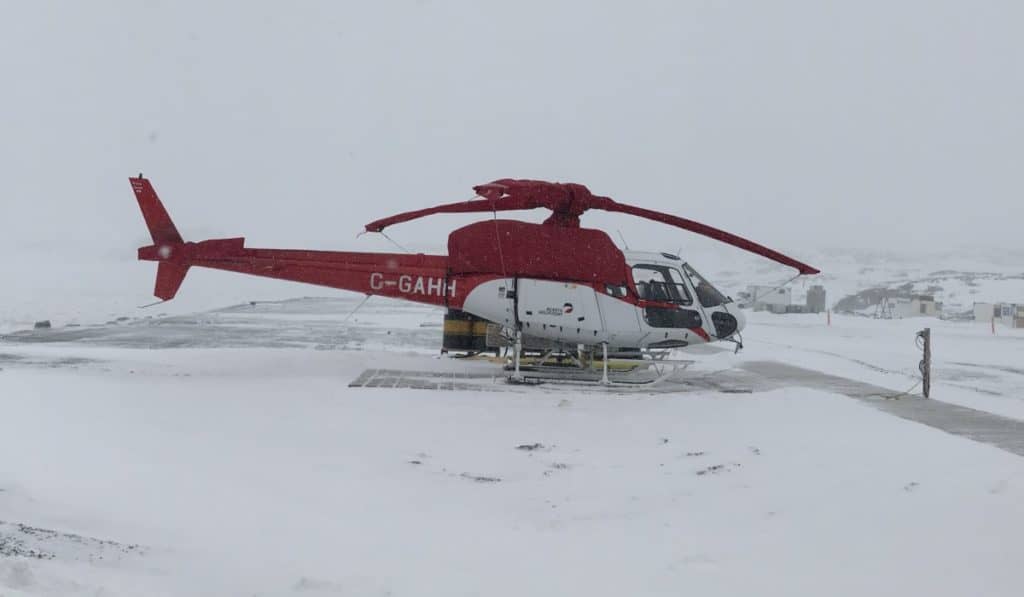
Dropping skiers off in the mountains with a helicopter provides some of the best skiing anyone can get, but most videos that we all see are of them skiing on clear blue sky days. The same goes for the mountain rescue helicopters. So does that mean that helicopters cannot fly when it’s snowing or is it just that it is not good for shooting videos?
Helicopters can fly in snow. Some helicopters may need filters or snow deflectors fitted to the engine intake, but every helicopter is able to fly in snow. The limiting factors for flying a helicopter in snow is the pilot’s ability to see and weather conditions like freezing rain & freezing fog.
As I am writing this, the sun has not yet come up and the weather is snowing at -27°F/-33°C with the windchill and I have a flight booked, so I hope helicopters can fly in snow!
Let me tell you about what helicopters can and cannot do when the snow is falling…
Can Helicopters Fly When It’s Snowing?
Yes, all helicopters can fly in the snow but there can be limitations, depending on the helicopter. When a helicopter manufacturer builds and begins testing a new type of helicopter it will be subject to very rigorous winter testing.
Many helicopter manufacturers take their machines up into Scandinavia or Northern Canada for a few months of serious winter testing to see how the helicopter behaves and if any modifications need to be made to allow it to operate in the snow before going into production.
Snow only becomes a problem when large quantities of it begin to get ingested into the engine, or it accumulates in an area and then a big lump of snow gets ingested into the engine. This can create a large volume of water entering the combustion chamber and causing a flame out of the engine.

This was the cause of a police helicopter accident in Canada when the pilot took off with an accumulation of snow on the engine air inlet and it got ingested and caused a flame out on a mountainside. The pilot, unfortunately, did not survive.
To help prevent this, pilots are trained to install covers over the engine intake and exhaust when sitting on the ground during snowfall, to inspect all engine air intakes before taking off, and there are several aftermarket add-ons that can be fitted to helicopters.
For instance, the Bell 206 Jet Ranger can have deflectors fitted to the engine air intakes when winter operations are being conducted. These help the heavy snow get deflected and the clean air ingested. Some snow does make it into the engine intake but it is far less than without the deflectors fitted.
In the AS350 Astar that I currently fly, the manufacturer limits flying in snow depending on how heavy the snow is falling:
- Flight when visibility is greater than 1500 m (0.81 NM):
Flight in falling snow is authorized - Flight when visibility is within 800 to 1500 m (0.43 to 0.81 NM):
Total flying time in falling snow is limited to 10 min
This time limit includes the time required to leave all snowy
conditions, irrespective of the visibility - Flight when visibility is lower than 800 m (0.43 NM):
Flight in falling snow is prohibited
As you can see, when the amount of falling snow is heavy enough that the pilot is unable to see just under 0.5 mile then the helicopter cannot fly, however…
If the operator installs an approved inlet barrier filter system to the engine air intake all of the above restrictions are lifted and the helicopter can fly in as much falling snow as the pilot is comfortable!
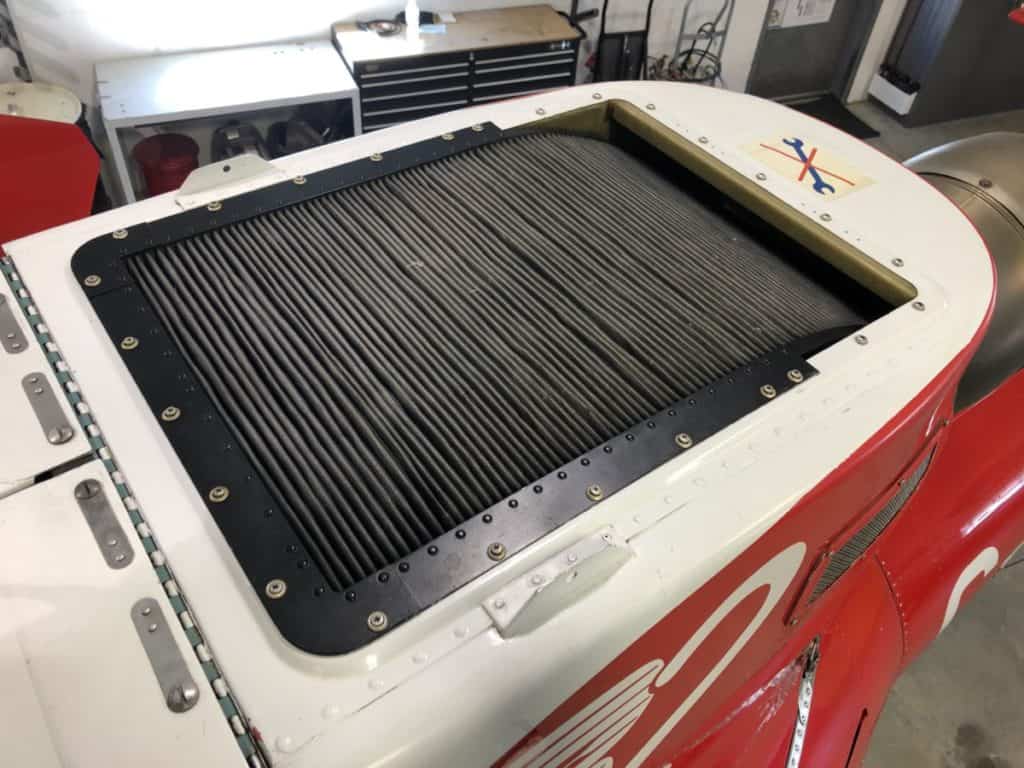
The reason for this is that the inlet barrier filter helps to block falling snow and allow it to gradually melt so that only small amounts of snow/water are ingested into the engine at any one time. No different to if it was raining.
If the filter did become blocked a pressure sensor illuminates a light in the cockpit and the pilot can open a set of bypass doors to allow the air to bypass the filter.
Bypassed air is good to get the pilot back home but not encouraged for long periods of flying, especially in heavy snow. You can see one bypass door on the side of the cowl sitting behind the black screen mesh. The other is on the opposite side of the cowl.

Join My Newsletter & Get Great Tips, Information and Experiences To Help You Become a Superb Pilot!
Are There Any Precautions Needed When Flying Helicopters In Snow?
Flying in snow is not really that much different to flying in rain but it does come with a few more precautions and things the pilot has to be aware of and prepare for.
Here are some of the most common things associated with operating a helicopter in snow conditions:
Ice on Critical Surfaces
Ice forming on certain parts of a helicopter can have very serious consequences. No helicopter is allowed to fly in known icing conditions unless it is fitted with an anti-ice/de-ice system, and those are generally only fitted to the large, twin-engine helicopters and they are costly and heavy!
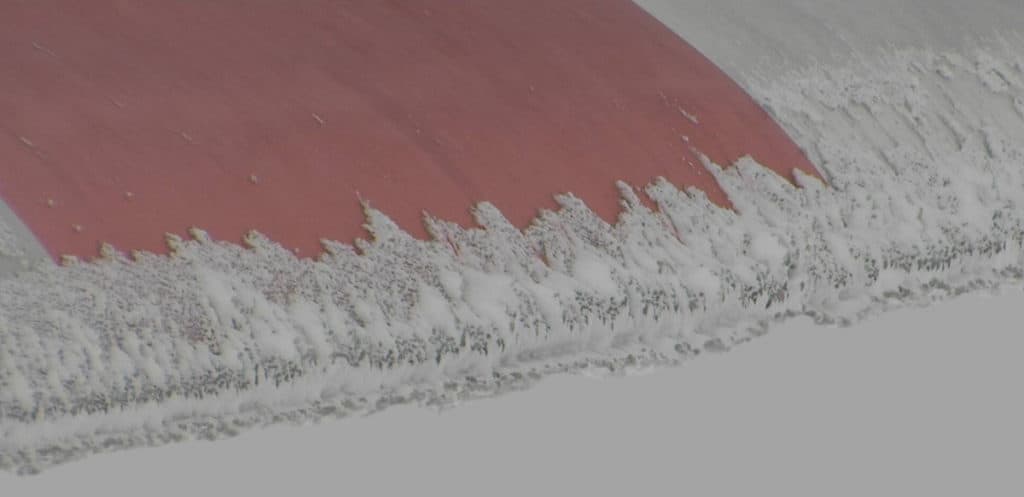
Known icing conditions are things like forecasted freezing rain or drizzle, flying in rain when the temperature is zero or below or when rain begins to stick to the window because it froze upon contact.
When ice begins to adhere to an aircraft it can do several things:
- Collect in the control mechanisms and freeze solid preventing the pilot from moving the flight controls
- Collect on airfoils like the rotor blades, vertical & horizontal stabilizers, and change the aerodynamic shape of the surface.
A thin layer of ice or frost on an airfoil can reduce the amount of lift it produces by 50% and increase its drag by 30%
(Statistic Source – Nasa)
Rotorcraft Flight Manual (RFM) Limitations
Every helicopter comes with its own RFM dedicated to that particular helicopter and it is a required legal document. In that manual, the manufacturer can list any operations as a limitation that must be complied with by the pilot at all times or the helicopter is deemed unairworthy and thus an insurance policy will be null and void.
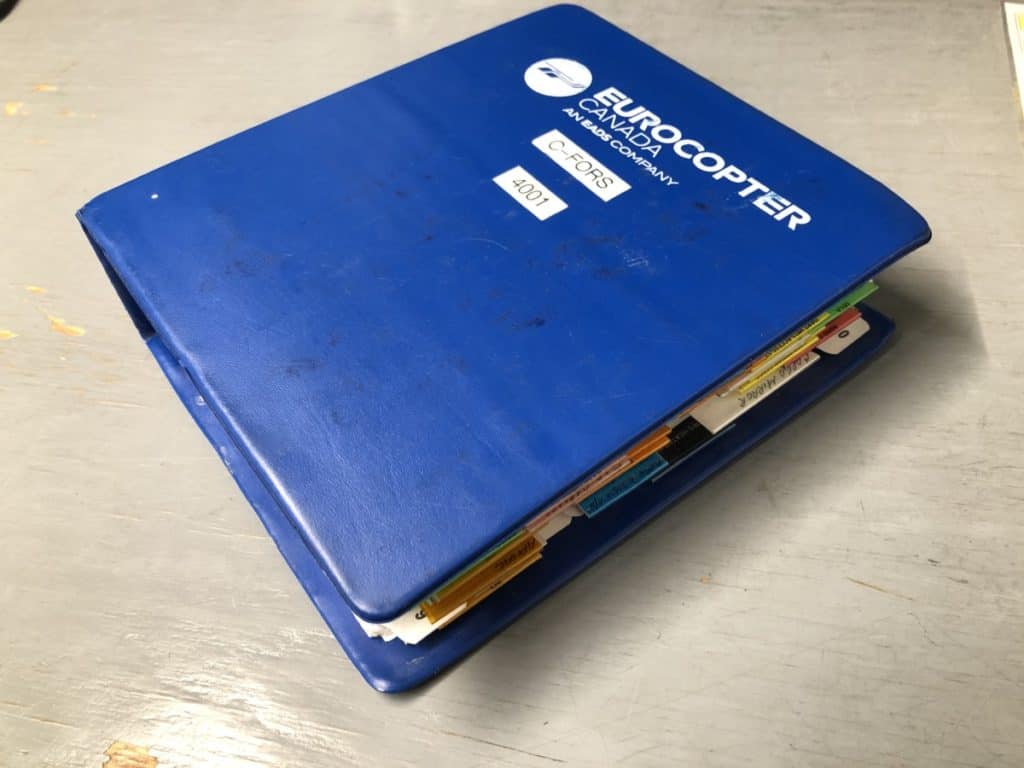
The snow visibility requirements for my AS350 Astar listed above are a great example of this. They are listed in the ‘Limitations’ section of this RFM, but the limitations for the installed inlet barrier filter are in the ‘Supplements’ sections and they override the ‘Snow Limits’ in the Limitations section.
Aircraft Configuration
Certain helicopters can have manufacturer-approved aftermarket kits fitted to them to help reduce or remove the limitations stipulated by the manufacturer. The inlet barrier filter is a kit.
Deflection baffles, engine inlet filters, particle separators are all common kits that are used to help improve the helicopters operating capabilities in snow. Each kit will have its own supplement in the RFM that lists any changes to the aircraft performance, weight & balance, and limitations.
Visibility
Even if the aircraft is equipped and certified to fly in the heaviest snow conditions, a pilot that cannot see out of the windows when flying around the mountains can get into serious trouble, real quick. The heavier the snowfall the further the visibility reduces.
Many helicopter operators will have company limitations that terminate all flying operations when the visibility gets below 1 to 1/2 a nautical mile. The only helicopters that usually fly in visibility lower than this are twin-engine, IFR helicopters with instrument-rated pilot/s at the controls.
A pilot should land way before the visibility gets anywhere near one mile if they are unfamiliar with the area, or they know there are hazards around like unlit towers and powerlines that could easily be hit in low level, low visibility flight conditions.
Whiteout
Whiteout occurs in two cases when flying a helicopter:
- When coming into land and the rotorwash blows up a snowstorm so thick that the pilot loses visual reference with the surface. This can lead to heavy landings or disorientation leading to impacting obstacles or terrain.
To overcome this pilots will keep an object in sight at all times during the final stages of the approach. A tree, crouching person, flagged marker, or something similar are common. They may also pause the approach at around 50ft above the landing spot and allow the snow to be blown away by the rotorwash before continuing to land.
The current weather conditions, location, and pilot experience will dictate what kind of approach the pilot will make. - When flying under an overcast sky, the horizon can seem to blend or merge into the ground as the sky and snow become the same shade of gray. Flying out over a snow-covered lake or plain under overcast skies are a typical scenario where pilots lose reference and unknowingly fly the helicopter into the ground, usually with dire consequences.
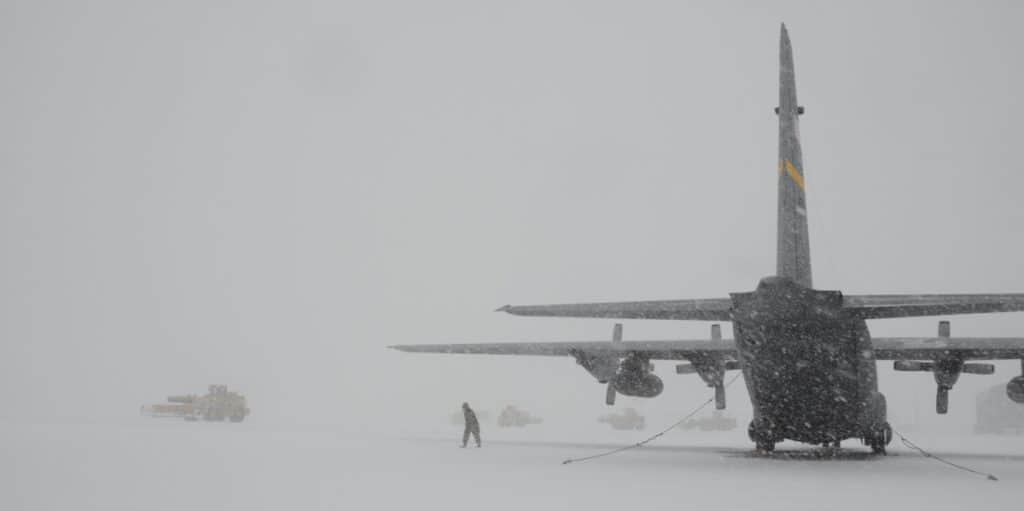
Hidden Objects
Snow is great for covering and hiding objects that can cause helicopter pilots serious headaches. Once the loose snow has been blown away by the hover, the task of setting the helicopter down in an unknown location out in the bush can present quite a challenge!
As a helicopter begins to settle on the snow it compacts it down and slowly sinks into it until the snow has compacted enough that the sinking stops. This is where mishaps can occur:
- Objects buried under the snow can puncture the belly of a helicopter because it was not seen. Tree stumps are typical belly punchers!
- Semi-frozen water can be hidden by snow. I know a few pilots who have been sitting in the back of their helicopters after landing in a “Good Spot” only to be suddenly disturbed as the unknown ice layer the helicopter was sat on has given way and the helicopter now sits in water!
- The main weight of the helicopter sits over the back of the skid tubes. This causes the back end of the helicopter to sink further into the snow than the nose. This becomes a problem because the tail rotor sticks way out the back and can make contact with the snow. Not good!
To prevent this Bear Paws are fitted to the skids to give a larger footprint at the rear of the skids and keeps them sinking too far into the snow and lets the nose sink, allowing the tail rotor to stick up higher.
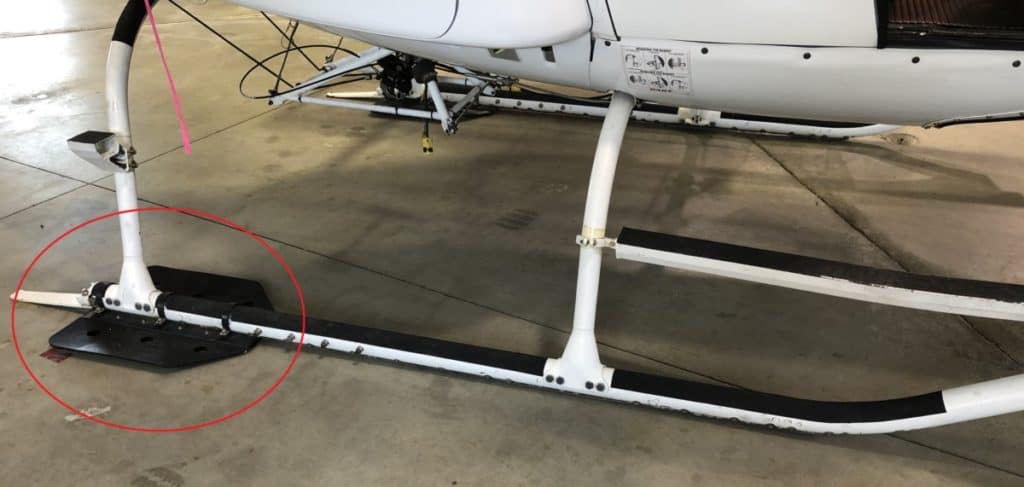
To Finish
All helicopters can fly in snow but care must be taken by the pilot to ensure the flying conditions remain acceptable and the aircraft is not contaminated by snow or ice before lifting off.
Having barriers and deflectors help to prevent large amounts of water from entering the engine in one go that could cause a flameout and make the pilot really have to work to try and get the aircraft safely down into a spot.
Winter operations provide a unique set of challenges but vigilance and knowing when to stay on the ground is paramount to ensure everyone stays safe.
Further Reading
If you found this article interesting and would like to keep reading, I highly recommend the following articles from my blog:

